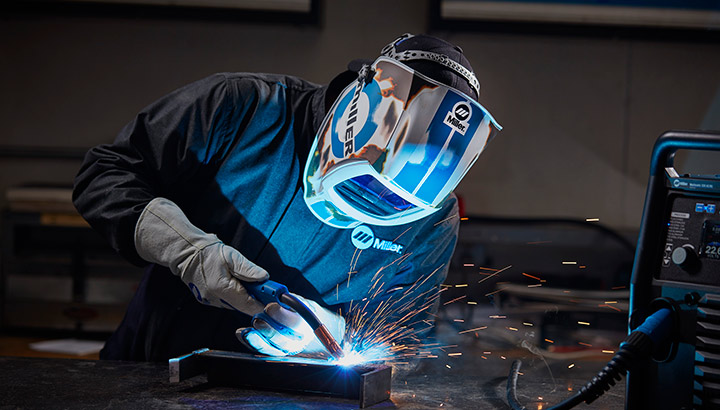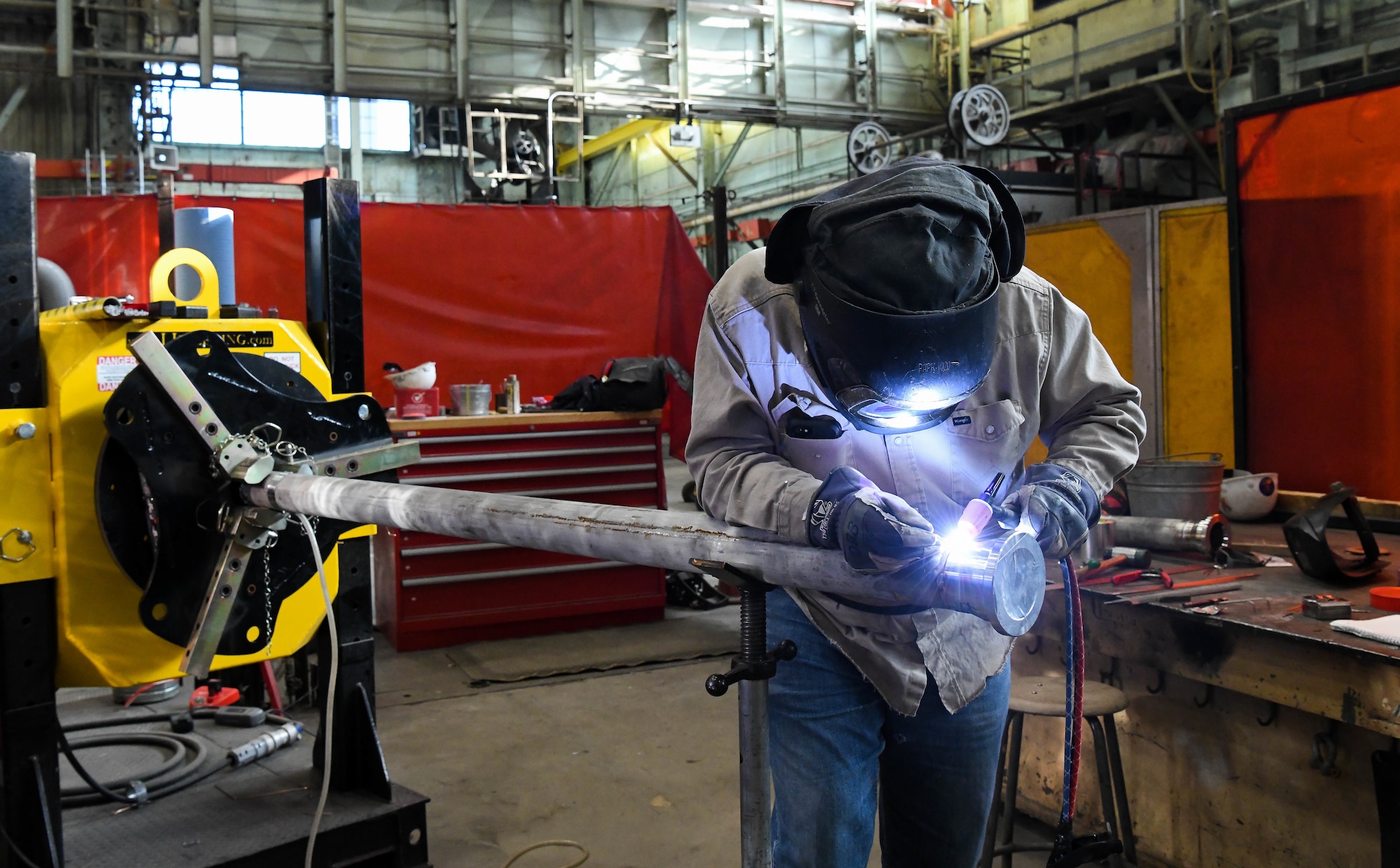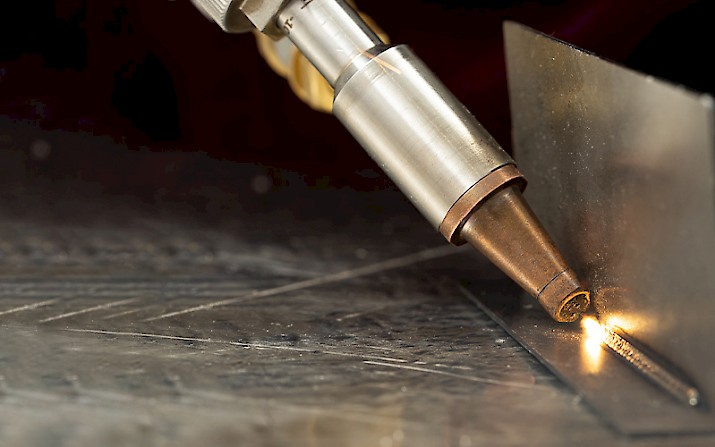Producing a Welding WPS: Step-by-Step Recommendations for Professionals
The Ultimate Guide to Welding WPS Procedures: An Extensive Review for Welders
In the detailed globe of welding, Welding Treatment Requirements (WPS) offer as the foundation of making sure high quality, uniformity, and safety in welding procedures (welding WPS). As we delve right into the various parts of a WPS and discover the intricacies of certification and accreditation, we will uncover the important function these treatments play in the world of welding.
Significance of WPS Procedures
Comprehending the importance of Welding Treatment Specifications (WPS) treatments is vital for making sure the top quality and integrity of welded structures. WPS treatments work as a roadmap for welders, describing the required actions, specifications, and materials required to attain a sound weld. By sticking to WPS standards, welders can make certain consistency in their work, bring about structurally sound and reliable welds.
One of the key reasons why WPS procedures are important is their role in keeping weld high quality and integrity. Complying with the specified welding specifications and techniques laid out in the WPS assists avoid defects such as porosity, splitting, or incomplete fusion, which can endanger the stamina and longevity of the weld. In addition, WPS treatments are important for guaranteeing conformity with sector standards and codes. By following well-known WPS guidelines, welders can demonstrate that their job satisfies the necessary demands for safety and security and top quality, offering guarantee to clients, assessors, and regulative bodies. Essentially, the value of WPS treatments can not be overemphasized, as they are fundamental to attaining regular, top quality welds that satisfy industry standards and specs.

Parts of a WPS
A Welding Procedure Spec (WPS) typically consists of essential elements that detail the specific needs for carrying out a weld, making sure consistency and high quality in the welding process. The vital parts of a WPS consist of essential variables such as base metals, filler metals, interpass and preheat temperature levels, welding processes, protecting gases, welding settings, and post-weld warm therapy needs.
Base metals describe the materials being signed up with, while filler steels are made use of to load the space between the base metals during welding. Preheat and interpass temperatures are crucial for regulating the warmth input and protecting against concerns like splitting or distortion. The welding process lays out the details strategy to be utilized, whether it's gas metal arc welding (GMAW), secured steel arc welding (SMAW), or an additional method. Shielding gases safeguard the weld pool from atmospheric contamination. Welding placements define the positionings in which welding can be performed. Post-weld heat treatment may be essential to ease anxieties and enhance the weld's residential or commercial properties. A complete understanding of these elements is essential for producing a reliable and detailed WPS.

Qualification and Qualification
Having established the important components of a Welding Treatment Specification (WPS), the focus currently moves in the direction of the critical facets of certification and certification in welding techniques.

Qualification, on the other hand, is the formal acknowledgment of a welder's credentials by a pertinent qualification body or company. Welding accreditations are usually based on the certain welding processes, materials, and placements a welder is certified to work with. Holding a legitimate welding accreditation demonstrates that a welder fulfills sector standards and is competent to perform welding tasks to the called for specifications.
Producing a WPS
To create a Welding Treatment Specification (WPS) that satisfies industry standards, mindful factor to consider of welding processes, materials, and operational parameters is essential. The very first step in developing a WPS is to identify the welding process to be utilized, such as gas metal arc welding (GMAW) or protected metal arc welding (SMAW)

Carrying Out and Keeping Track Of WPS
Upon completing the detailed Welding Procedure Requirements (WPS) that meticulously information welding procedures, materials, operational specifications, and high quality guarantee steps, the focus moves to effectively carrying out and keeping an eye on the established treatments. Application involves making certain that all welders entailed in the task are acquainted with the WPS and follow it meticulously during the welding procedure. Reliable application and surveillance of the WPS are important for ensuring the stability, toughness, and safety and security of the welded joints, ultimately adding to the total success of the welding project.
Verdict
In final thought, understanding and adhering to Welding Treatment Specifications (WPS) is important for welders to make certain quality, uniformity, and safety and security in their job. By recognizing the elements of a WPS, obtaining proper credentials and accreditations, developing detailed treatments, and carrying out and checking them efficiently, welders can improve their skills and proficiency in welding methods. Adhering to WPS treatments is vital for generating high-quality welds and meeting sector standards.
In the complex world of welding, Welding Procedure Specs (WPS) offer as the backbone of guaranteeing quality, uniformity, and security in welding operations. The welding procedure outlines the certain method to be made use of, whether it's gas metal arc welding (GMAW), shielded metal arc welding (SMAW), or one more technique.To establish a Welding Procedure Spec (WPS) useful source that satisfies market standards, cautious factor to consider of welding processes, materials, and operational specifications is important. The very first step in producing a WPS is to determine the welding procedure to be utilized, such as gas metal arc welding (GMAW) or protected steel arc welding (SMAW)Upon settling the detailed Welding Procedure Spec (WPS) that meticulously details welding procedures, materials, functional parameters, and high quality assurance actions, the emphasis changes to successfully carrying out and keeping track of the recognized procedures.